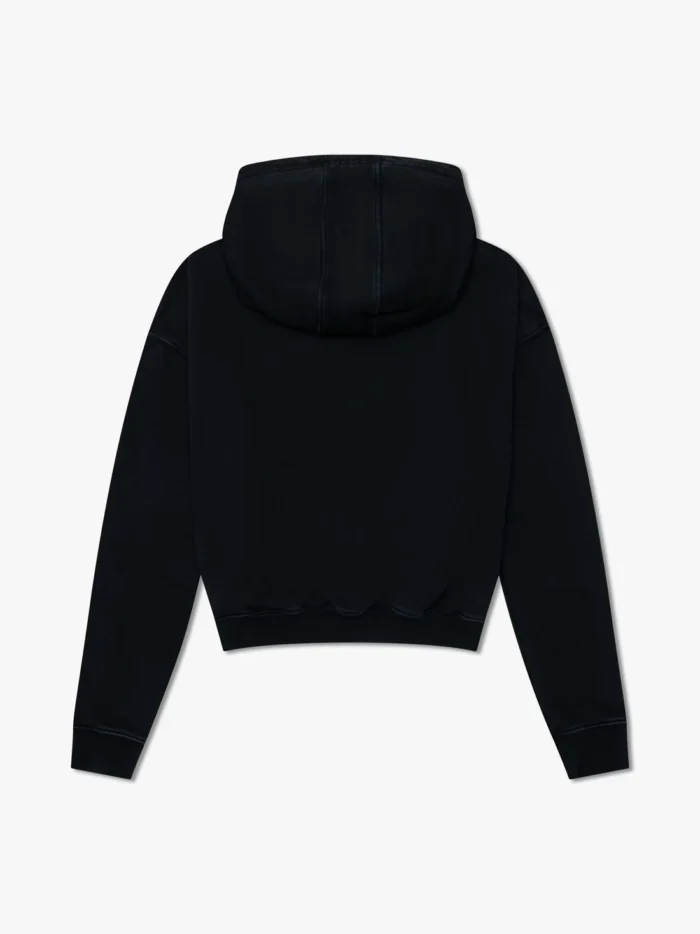Europe remains one of the most influential and prominent regions in the global garment industry, with a substantial demand for imported garments. For manufacturers, wholesalers, and exporters across the globe, building a relationship with Europe garment importers is crucial for entering this competitive market. The garment import industry in Europe encompasses a wide variety of products, including ready-made garments, textiles, and fashion accessories.
In this article, we will explore the importance of Europe garment importers, the leading European markets, and the most effective ways to establish relationships with them. Whether you are looking to export clothing or textile products, understanding the landscape of garment importation in Europe is essential.
The Importance of Europe Garment Importers
The European Union (EU) is one of the largest clothing and textile importers globally. Countries within the EU import garments from all over the world, including from key exporters such as China, Bangladesh, India, Turkey, and Vietnam. Garments imported to Europe cater to various markets, including high fashion, streetwear, casual apparel, and sustainable clothing, reflecting the diverse demand in different regions of Europe.
Garment importers in Europe play a vital role by acting as intermediaries between manufacturers and retailers. They help manage supply chains, ensure compliance with European regulations, and make sure that quality standards are met before the products hit the shelves. Some of the reasons why Europe garment importers are essential include:
- Market Expertise: Importers understand the specific needs and trends of different European countries, making it easier to navigate the complexities of the market.
- Compliance with Regulations: The European market has strict regulations regarding product safety, chemicals, and labor conditions. Importers ensure that products meet these standards, avoiding costly fines or recalls.
- Distribution Networks: Importers have established relationships with retailers, making it easier for suppliers to enter the market and reach their target audience.
Top European Garment Import Markets
While the European Union operates as a single market, each country has its own preferences and nuances when it comes to clothing imports. Understanding the top markets and their specific demands can help you tailor your products accordingly.
1. Germany
Germany is the largest economy in Europe and one of the biggest garment importers. German consumers are known for valuing practicality, quality, and sustainable clothing. There is also a growing interest in ethical fashion, which presents a significant opportunity for suppliers offering eco-friendly or fair-trade garments.
2. United Kingdom
The UK is home to some of the world’s leading fashion brands and retailers, such as ASOS, Marks & Spencer, and Next. The market is diverse, ranging from high-end fashion to affordable fast fashion. UK consumers are trend-conscious, and the demand for sustainable and ethically-produced clothing is on the rise.
3. France
France is synonymous with luxury fashion and haute couture. However, the country also has a strong demand for everyday wear and casual fashion. French importers tend to look for clothing that is stylish yet functional, with an emphasis on quality and design.
4. Italy
Italy is known for its love of fashion and style. Italian consumers appreciate high-quality craftsmanship and attention to detail, which is why garments that are well-made, even in the fast fashion segment, tend to do well in the Italian market.
Connecting with Europe Garment Importers
To successfully sell your garments to Europe garment importers, you need to take a strategic approach. Here are some steps to help you build relationships with importers:
1. Research the Market
Before approaching any importers, it’s important to conduct thorough market research. This includes identifying which European countries are the most suitable for your product line, understanding the local fashion trends, and familiarizing yourself with the import requirements in each country.
2. Comply with European Standards
Europe has some of the strictest regulations for textile and garment imports, particularly when it comes to chemical use, product safety, and labeling. Make sure that your products comply with the EU REACH regulation, which governs the use of chemicals in clothing. You should also ensure that your products are labeled according to EU standards.
3. Utilize B2B Platforms
Online B2B platforms can help you connect with Europe garment importers and showcase your products to a broader audience. Some of the top platforms for the garment industry include:
- eWorldTrade: A global B2B marketplace where suppliers can list their products and connect with international buyers, including those in Europe.
- Alibaba: One of the largest B2B platforms, Alibaba allows garment suppliers to reach a wide range of European buyers.
- Europages: A European directory that connects businesses with buyers and suppliers in various industries, including textiles and garments.
4. Attend Trade Shows
European trade shows provide a valuable opportunity to meet Europe garment importers in person and showcase your products. Some of the leading trade shows in Europe for the garment industry include:
- Première Vision Paris: A key event for the textile and garment industry, where suppliers can connect with buyers from across Europe.
- Pitti Uomo (Florence, Italy): Focused on menswear, this trade show attracts buyers from both luxury and fast fashion segments.
- Bread & Butter (Berlin, Germany): A major streetwear and urban fashion event that draws buyers from across Europe.
5. Build Relationships with Importers
Establishing long-term relationships with importers requires effective communication, flexibility, and reliability. Make sure to maintain open lines of communication, respond to inquiries promptly, and be ready to adjust your products to meet the specific needs of your buyers. Offering competitive pricing, reliable delivery schedules, and high-quality garments can help build trust and foster strong business relationships.
Key Considerations When Exporting to Europe
When exporting garments to Europe, there are several key considerations that you must keep in mind to ensure success:
1. Sustainability and Ethical Production
As sustainability becomes a top priority for European consumers, more buyers are looking for garments made from eco-friendly materials or produced using ethical labor practices. If your garments meet these criteria, make sure to highlight them in your marketing efforts, as it can give you a competitive edge in the European market.
2. Trends and Fashion Preferences
Each European country has its own fashion preferences. For example, while Italian buyers may appreciate elegant, tailored garments, German buyers may favor practical, everyday clothing. Keep up-to-date with the latest trends and consumer preferences in the countries you are targeting to ensure that your products align with market demand.
3. Pricing Strategies
Europe is a diverse market, and pricing strategies can vary widely between countries. Be sure to conduct market research to understand the appropriate pricing for your products based on the purchasing power and preferences of consumers in each country.
Conclusion
The European garment import market is a lucrative opportunity for suppliers and manufacturers worldwide. By understanding the specific preferences of Europe garment importers and tailoring your products accordingly, you can successfully enter this highly competitive market. Whether through B2B platforms, trade shows, or building strong relationships with importers, there are many avenues to grow your business in Europe.
Connecting with Europe garment importers requires careful planning, compliance with regulations, and a keen understanding of local market trends. By taking these steps, you can establish a strong presence in the European fashion industry and tap into one of the world’s largest and most diverse clothing markets.



